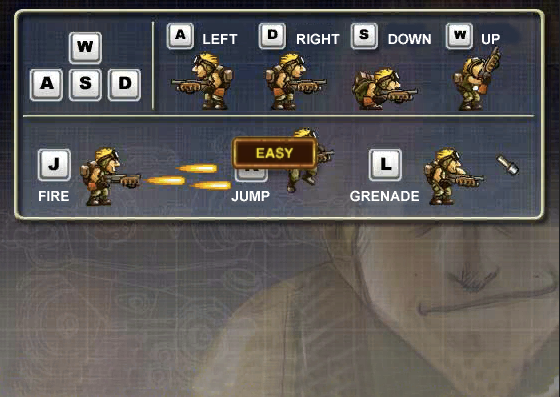In Unity, we usually cast a ray from main camera to select a sprite. The sprite need to be added a collider2D component to realize the function.
void Update () {
ClickItem ();
}
ClickItem ();
}
void ClickItem(){
//check if the left button of mouse has been clicked
if (Input.GetMouseButtonDown (0))
{
//transfer the position values to that in world axis Vector3 v3 = Camera.main.ScreenToWorldPoint(Input.mousePosition);
Vector2 v2 = new Vector2 (v3.x, v3.y);
Vector2 v2 = new Vector2 (v3.x, v3.y);
//cast a ray from zero point which is also the position of camera to v2 RaycastHit2D hit = Physics2D.Raycast (v2, Vector2.zero);
if (hit.collider != null) //if the ray hit something
{
//Debug.Log(hit.collider.tag);
//Debug.Log(hit.collider.tag);
//if the collision happens on an object itself
if (hit.collider.gameObject == this.gameObject) {
if (hit.collider.gameObject == this.gameObject) {
..............
}
}
}
}
















